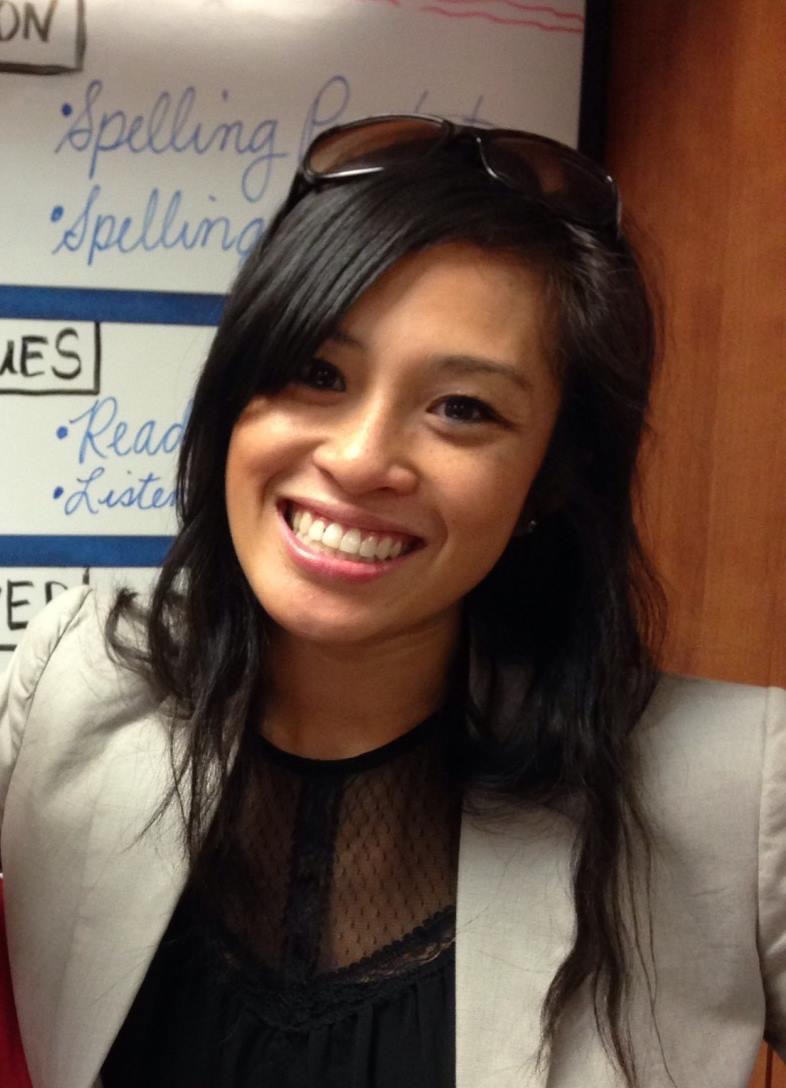My four-year-old daughter’s day-to-day conversations are pretty easy to understand, but every now and then, there are a few words that she stumbles on or a sentence isn’t quite as clear. When that happens, my mind begins to wander. Is there speech- or language-related issues going on? Was this was just a one-time thing or should I talk to her pediatrician about this? If I take her to our pediatrician and she recommends speech therapy, what will be the next steps? How could I get her the support she needed in school? What will that look like? I had all the questions…and all the anxiety.
Does My Child Need Speech Therapy?
So instead of going down a rabbit hole, I decided to reach out to my friend and licensed speech-language pathologist, Krystle Barnett. Krystle and I chatted about all things speech therapy. She shared with me how parents can figure out whether their child needs speech therapy, what the next steps would look like once speech therapy is recommended, what school support looks like, and how parents can support their child on this journey.

Krystle Barnett, MS, CCC-SLP, is a licensed speech-language pathologist who has worked in the middle and high school setting for 14 years. Her specialty is working with students who have articulation disorders, speech sound difficulties, language disorders, fluency disorders, and other modalities. Krystle works and resides in Collin County with her husband and children.
Speech Therapy Q & A
How does a parent know if their child needs speech therapy?
Parents should go with their gut. They know their child best. If they feel something is not right, then they need to advocate for their kiddo and get help. For the early years and pre-kindergarten (ages 1-4), ask your pediatrician for a speech evaluation recommendation. For elementary and middle school kids, any speech-language concerns that come up, you as the parent have the right to ask your school for an evaluation to be conducted.
Okay, so walk me through what happens when a speech evaluation is requested at a school.
Some of this may vary, based on school district, but typically once a speech evaluation is requested, the RTI (Response To Intervention) Coordinator is notified. If a student has a disability, a pre-meeting is set in place before meeting with the RII coordinator to determine whether additional assistance is needed beyond speech therapy. The RII coordinator will then direct the request to the licensed speech-language pathologist. Student and parent information and an assessment taken by the student are conducted to determine the severity of the disorder.
A meeting with the parents, school administrator, and speech-language pathologist is held to discuss the results of the assessment and to plan the next steps. The next step would be to set up speech therapy sessions for the student. Goals to address articulation, language, or stuttering deficits, would be presented and proposed. If all parties agree, speech therapy usually starts right away.
For Spanish-speaking students, the same process occurs above, with an addition: during the assessment, speech-language pathologists will assess whether the speech-language issues are due to a language difference (first-language influence) versus a language delay.
What does a speech therapy session entail?
Some of this may vary, based on school district, but typically speech therapy sessions are done in groups to encourage socialization. Articulation, language, stuttering, and other speech-related issues are worked on. Tools such as flashcards, mirrors, and other manipulatives are used, as well as iPads in some schools. Weekly homework may be assigned as well to work on carryover skills at home, depending on the type of speech or language disorder.
COVID precautions are taken such as hand sanitizer upon entering and leaving the room; desks and chairs are sanitized, door handles are sanitized, desks are socially distanced, and the speech-language pathologist wears a mask. In some instances, a plexiglass shield is used in sessions where there is one-to-one interaction.
How can parents support/enhance this therapy at home?
Help your child complete their daily homework. Practice matters. Be encouraging and patient. This journey can be a challenging one for all involved. Try to withhold correction. Model for them the correct speech that they need to hear. Let them hear good examples of speech and language. Parents can be the best models!
Is there anything parents of pre-readers (baby and toddlers) can do to help encourage/model strong speech and language?
Read, read, and read some more! Model correct speech and language in front of your children. When you can, have them observe you (watch your facial expressions) as you speak. This shows them what they can do with language and gives them a head start on the many ways they can express themselves. The Speech Sisters on Instagram are one of my favorite speech-language IG accounts for baby and toddler speech and language tips/suggestions you can do every day at home within your normal home routine.
So much great information on speech therapy! Any last advice for parents?
Go with your gut. If you feel something is wrong, advocate, and ask your pediatrician for a speech evaluation recommendation. If they are school-age, reach out to your teacher and admin and request a speech evaluation recommendation.
I hope this Q&A with Krystle has given you a peek into the world of speech therapy and given you some answers to questions that you may have had on the subject. If you feel your children are in need of speech therapy, don’t hesitate: start the conversation with your children’s pediatrician or their teacher today. If you have any questions for Krystle, please feel free to leave them below and I will pass them on to her!













